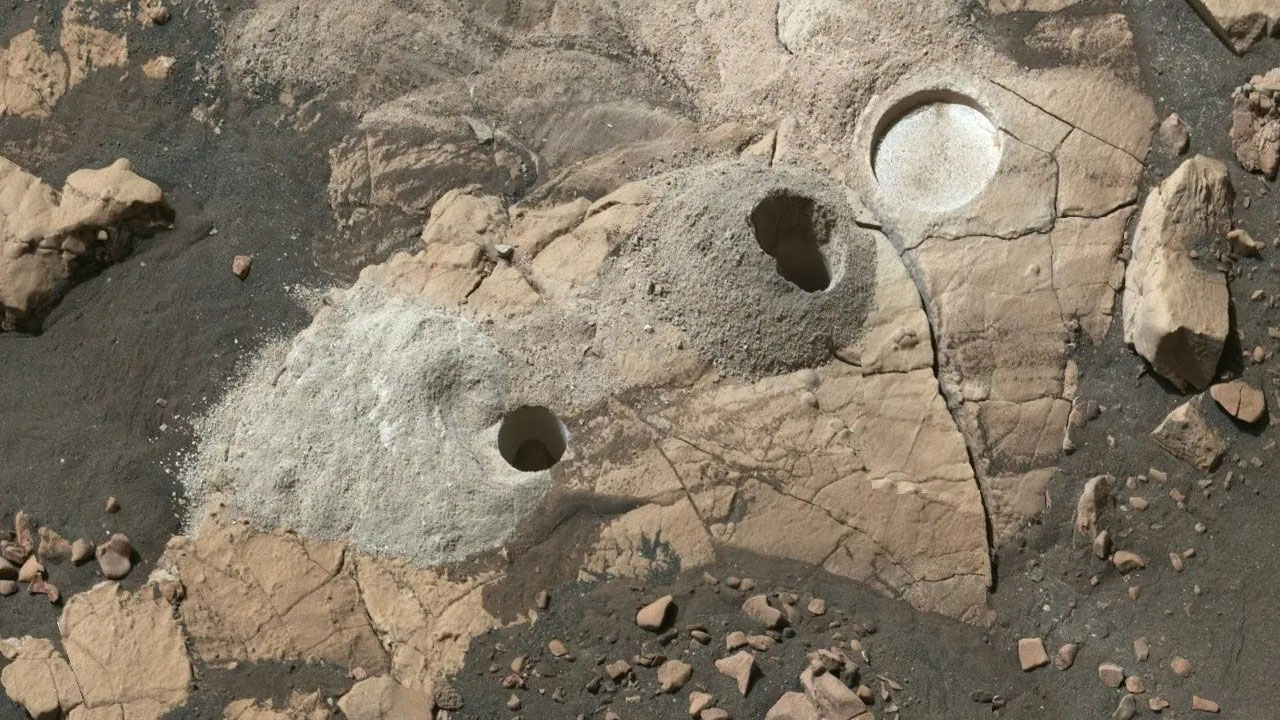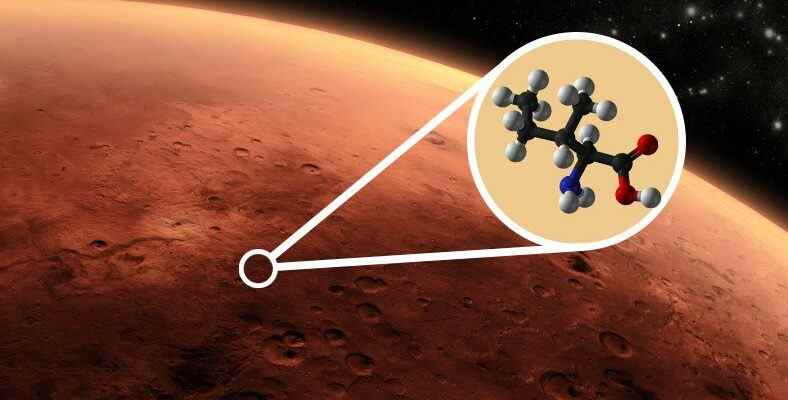NASA announced that they found organic matter in a rock at an event where the Perseverance spacecraft announced its discoveries. The sample in question was taken from a rock in NASA’s famous Jezero Crater.
The Perseverance spacecraft, which was launched on July 30, 2020 and landed on Mars in February last year, has made many important developments and discoveries to date. This mission, where NASA has flown a helicopter for the first time on Mars, gives an insight into the possibility of life on Mars today. a very important tip reached.
NASA discussed the highlights of the Perseverance mission at a conference it held, and it was the first time it was on Mars. that there are organic molecules that can be associated with life explained. The organic structure in question was found in a sample taken from a delta of Mars’ 45-kilometer-wide Jezero Crater. It is stated that this delta, which is thought to have formed 3.5 billion years ago, was formed by the combination of the Mars river and lake.
Jezero hosted a major discovery:
- An animation of the Jezero Crater filled with water.
The spacecraft is now in the delta, once formed by the settlement of particles of various sizes in the wet environment. He was investigating sedimentary rocks. During the initial survey, the instrument sampled the crater’s floor and found magma deep underground or igneous rock formed during volcanic activity at the surface. But another excavation at the site contained signs of life.
In this area, which is said to contain extremely rich and diverse rocks, the spacecraft found a sandstone containing crater-specific grains and rock fragments that formed far from Jezero Crater. Besides, a mudstone containing organic molecules was also announced. This stone, which ignites organic thoughts of life, was called ‘Wildcat Ridge’.

NASA said the stone likely formed billions of years ago when mud and fine sand settled into an evaporating saltwater lake. Move about 1 meter wide was also declared. The Perseverance spacecraft sampled a portion of the rock’s surface on July 20. These samples were studied by the spacecraft’s ‘Scan for Habitable Environments for Organics and Chemicals (SHERLOC)’ instrument.
As a result of the examinations made with SHERLOC, the samples were It has a class of organic molecules that are related to those of sulfate minerals. showed. NASA shared that the sulfate minerals found in these rock layers can offer important information about the aqueous environments in which they form. However, it was also reminded that there is a big obstacle in front of us in this regard.
During the statement, he answered questions from Twitter. “Can Perseverance detect signs of life before the samples are brought back to Earth?” Answering the question, Project Scientist Ken Farley said, “The burden of proof of life on another planet is very, very heavy.” He stated that the samples should be brought to Earth. In addition, life cannot be determined with certainty, but potential discoveries can be made. stressed.
